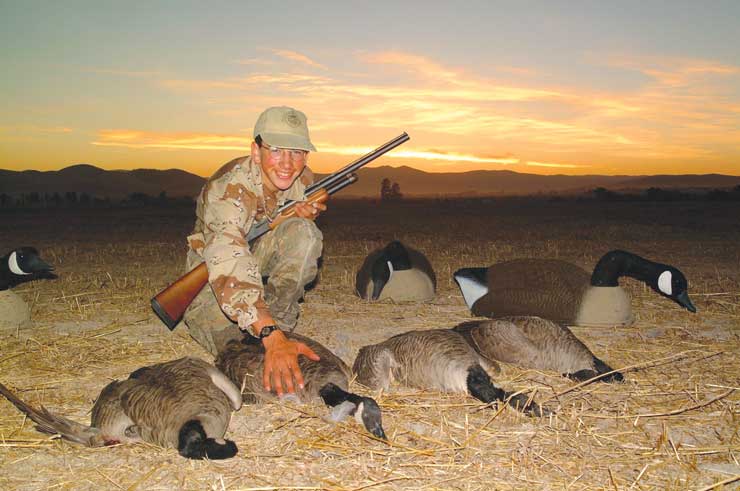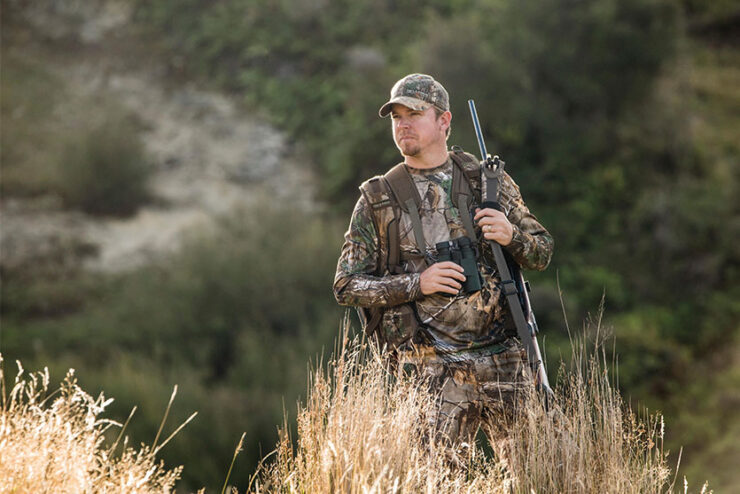Hunting is primarily a cold weather sport that is awakened by the falling of leaves and the blowing of those cold north winds. Hunters’ closets are filled with cold weather gear all covered in their favorite camo patterns, just waiting for the first chilly day to be used in that long awaited hunt. The great thing about being a boar hunter is that boar hunting is a year round event in most places. If you’re from anywhere that resembles south coastal Texas, then summer seems to be present at least 9 months out of the year. The heat is a way of life for both hunters and hunted and can be used to the hunter’s advantage when wild boar is the beast of choice.
The wild boar, like everything else that creeps through the woods, is in constant need of the basic survival requirements of food, water, and shelter. Wild hogs, in particular, are extremely dependent on water due to the fact that they do not have sweat glands to cool their body. During the hot summer months this need is significantly magnified, especially in areas where temperatures reach scorching highs. Most hunters act as the hogs do and waller on the couch in front of a cold blowing AC vent. That is perfectly fine, but if you don’t mind sweating, and most importantly, you’re looking to meet up with a big tusker, then playing it smart and focusing your hunt around a hog’s needs, instead of your own, can pay off big!
When scouting for that “Honey Hole,” first look at the current climate and weather conditions of the area you are hunting. The dryer and hotter the weather, the easier you will be able to pin-point that perfect spot. When the sun is blazing and the water supplies are low, then focus your efforts on areas such as stock tanks, deep creek pools, or live springs. When you find the combination of a hot day and a pool of cool water then you can be sure that the pigs are not far away. I’ve been asked, “What do I do if the place I hunt has multiple water sources available?” Try and locate the water hole with the closest food source. In the cooler months hogs will travel from bedding areas to food and water sources daily.

The distances between the three can be greater due to cool air regulating their body temperature. When temperatures creep near the triple digit mark, this daily journey will be shortened drastically and will center around areas that have all three necessities in close proximity. These key areas are wild boar hot spots (or cool spots for the pigs) and are alive with hog activity constantly throughout the day and night. One such spot I found was a stock tank that was located on a brush line. Hogs were bedded down in the brush only feet from the water and were viewed at all hours of the day cooling in the shallow end of the water near the bedding spot. This group of hogs seemed to stray farther during the night in search of food, but by the looks of the immediate area, had turned over every dead limb and fallen tree in search of food near the bedding area.
If you have multiple areas that contain water, but you are not able to find a steady food source, then make one. If your local and state game laws allow, set a feeder or roll barrel or put out some sow-in-heat scent. This will make your selected area more attractive and a boar’s first pick for a swimming hole. Be sure to always look for bedding areas that are secluded and cool. Hogs will frequently choose wash-outs or holes in draws and creek beds.
These spots offer excellent cover and concealment and usually are a few degrees cooler than out in the open. Exercise great CAUTION when stalking or scouting in dry or semi-dry creek beds. If you happen to come across a hog that is bedded down in a wash-out then you have just cornered the animal. Both you and the hog are now in a confined area with limited options for escape. This can make for a dangerous situation so be careful. It is always safest to walk on the edge of the creek bed rather than in the bottom.
The heat of the summer also causes the movement of hogs to increase during the day. Hogs will move from bedding areas to water holes during extreme temperatures all throughout the daylight hours. This offers great daytime hunting and photo opportunities that don’t occur as frequently in cooler weather. Some believe that wild hogs sleep during the entire daylight hours in the summer and only move once night has fallen. This is simply not true. Hogs must cool themselves numerous times during the heat of the day. If a water source is located in a brushy or shady area then the hogs will stay close to the area, but if the water source is out in the open, then the hogs will make multiple trips back and forth from the shade to the water.
By looking at the heat as a tool rather than a thorn, you will be able to track down even the wisest of old boars. The sweat will do you good, and the hunting style will be a different and exciting change. Turning hog necessity into a tracking device will surely put a smile on your face, pork in the freezer, and maybe even a mount on your wall.

